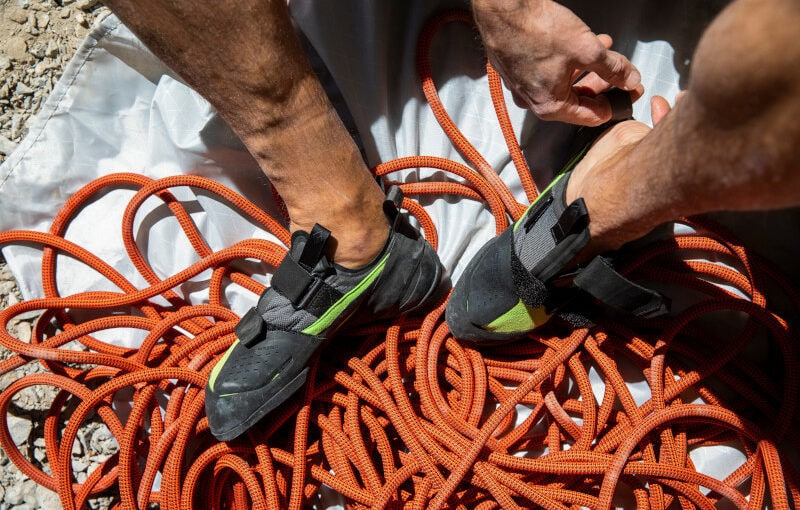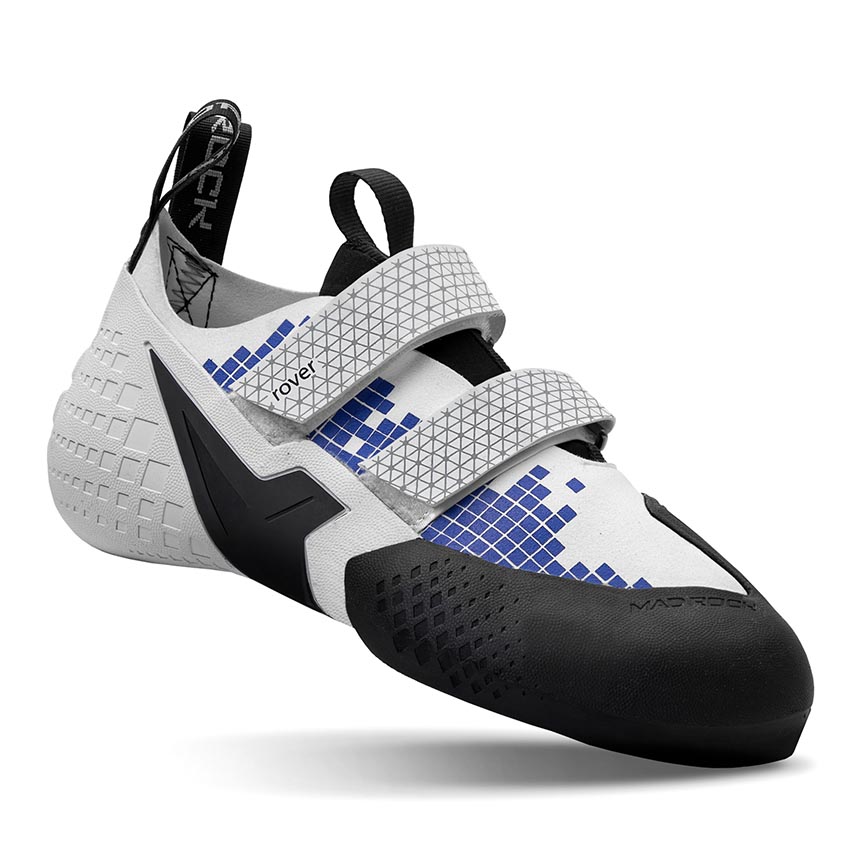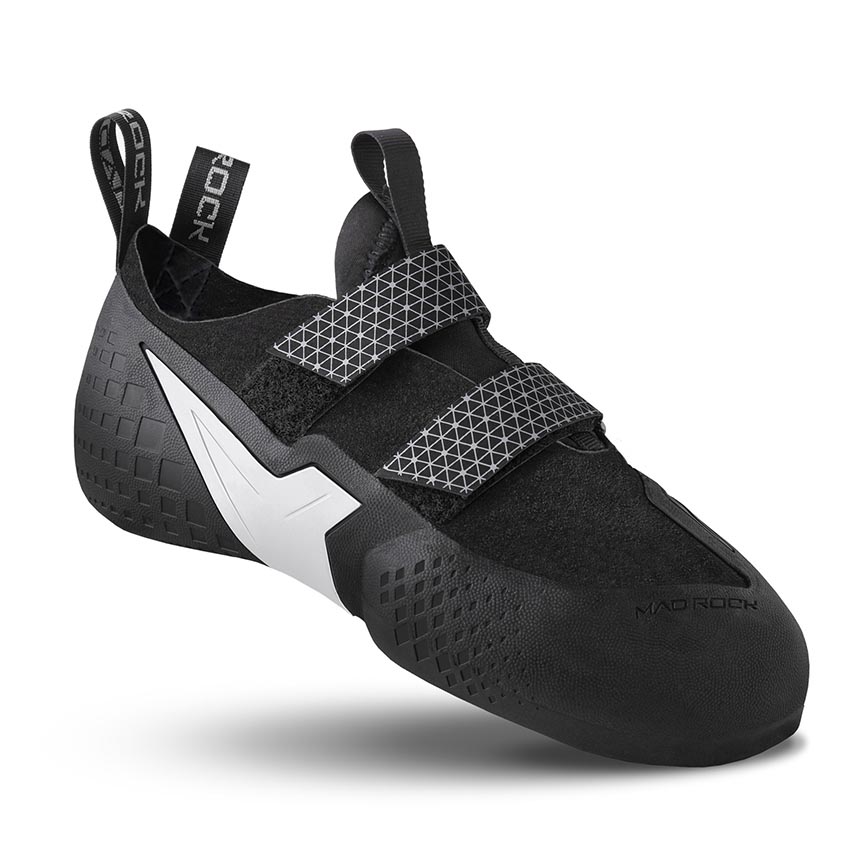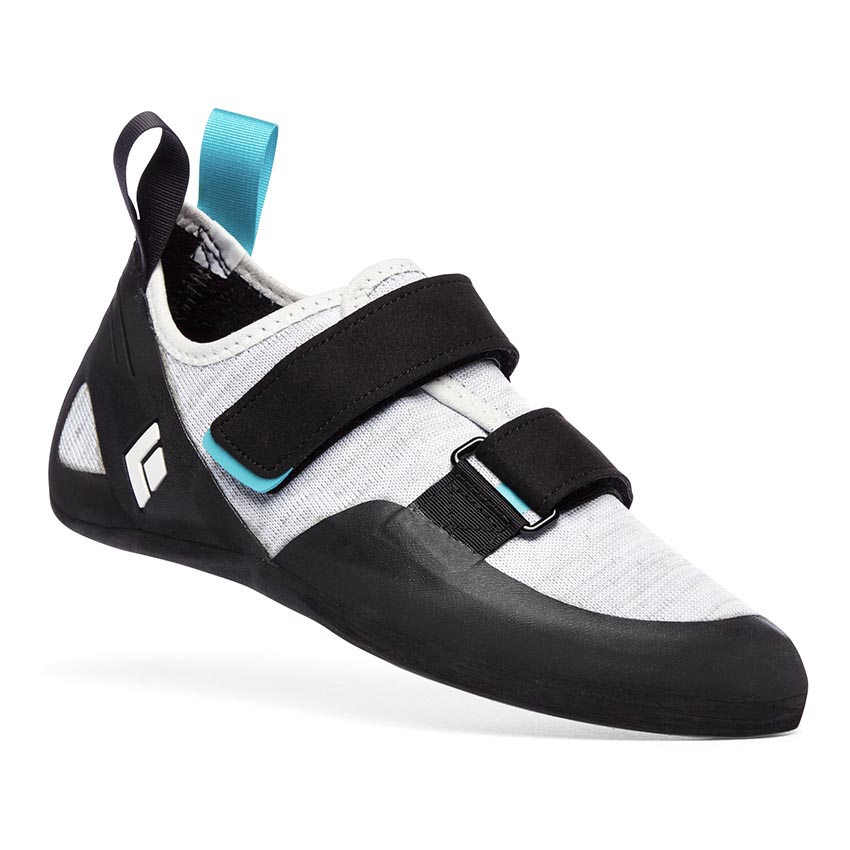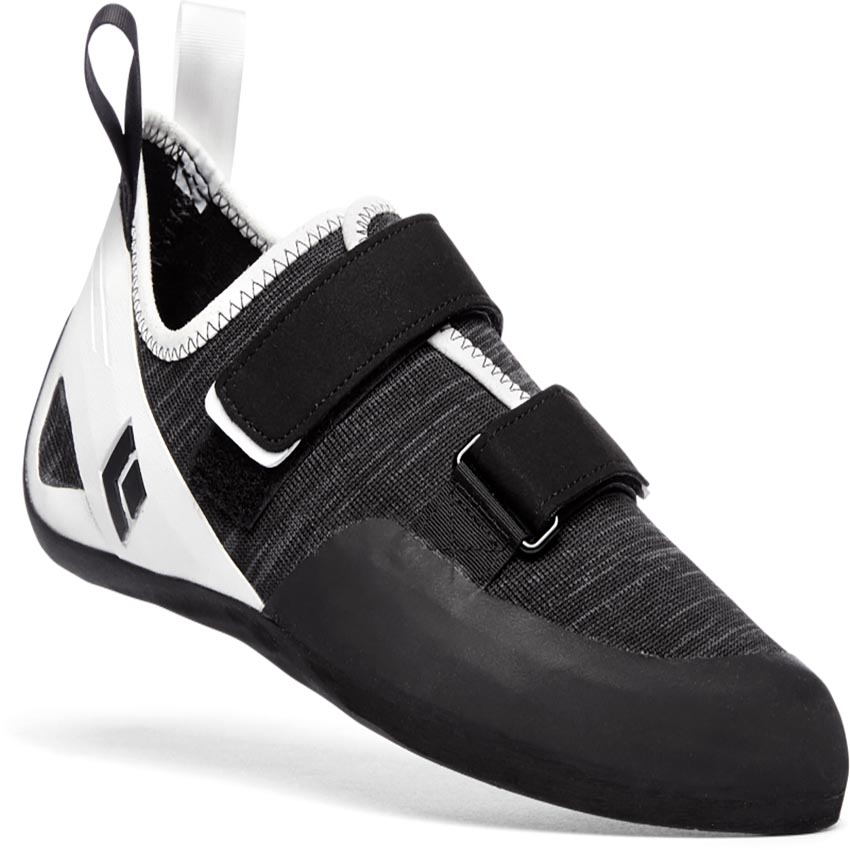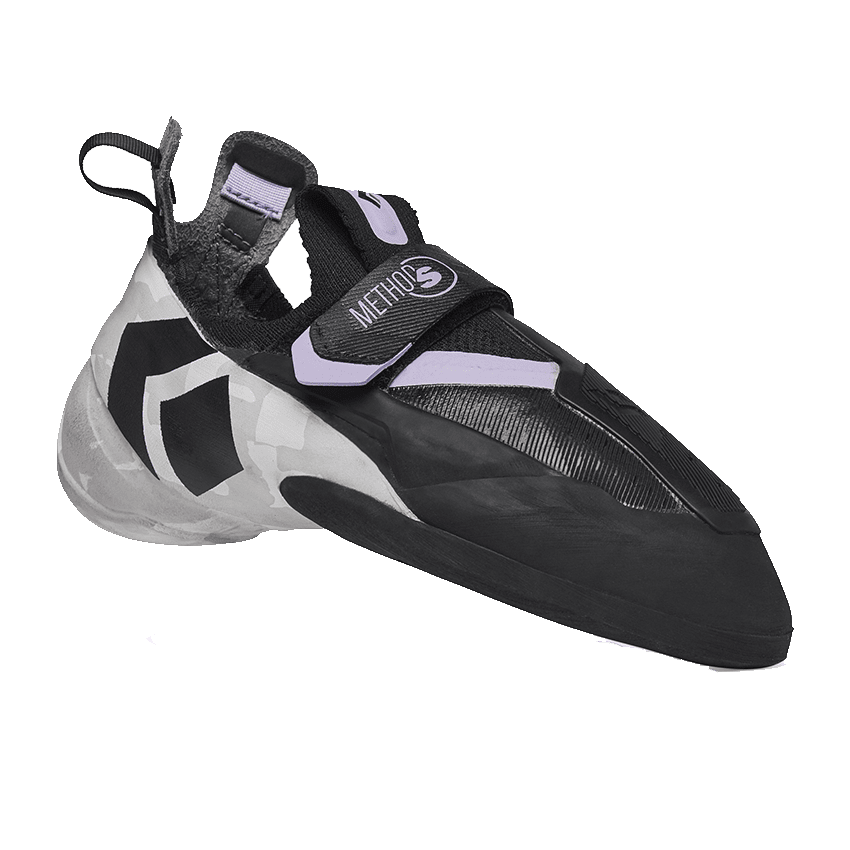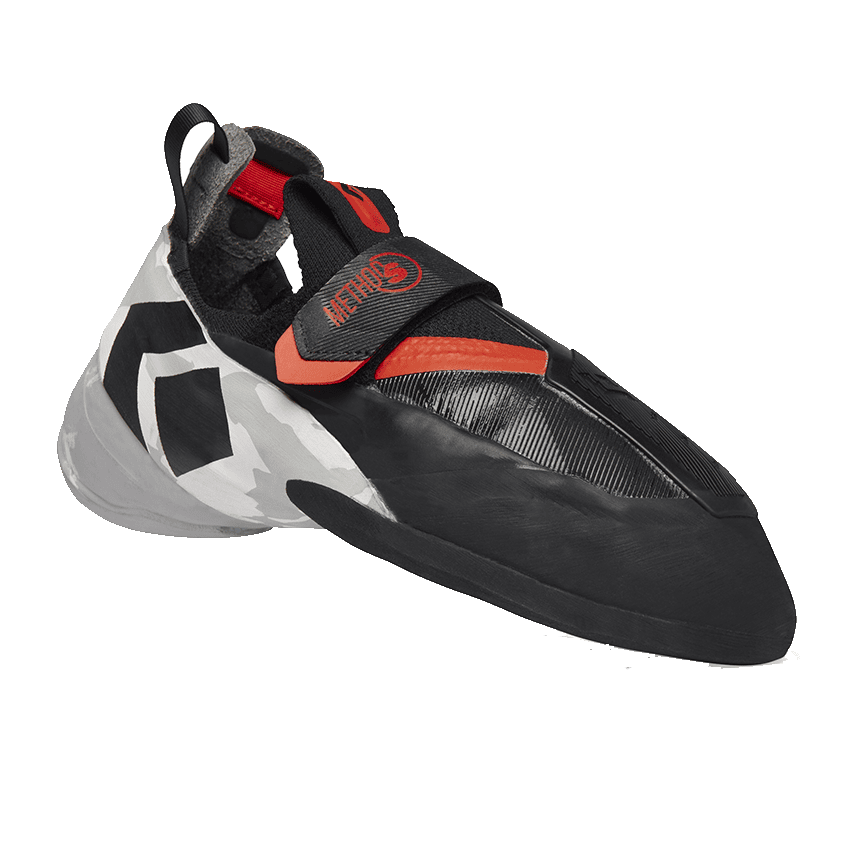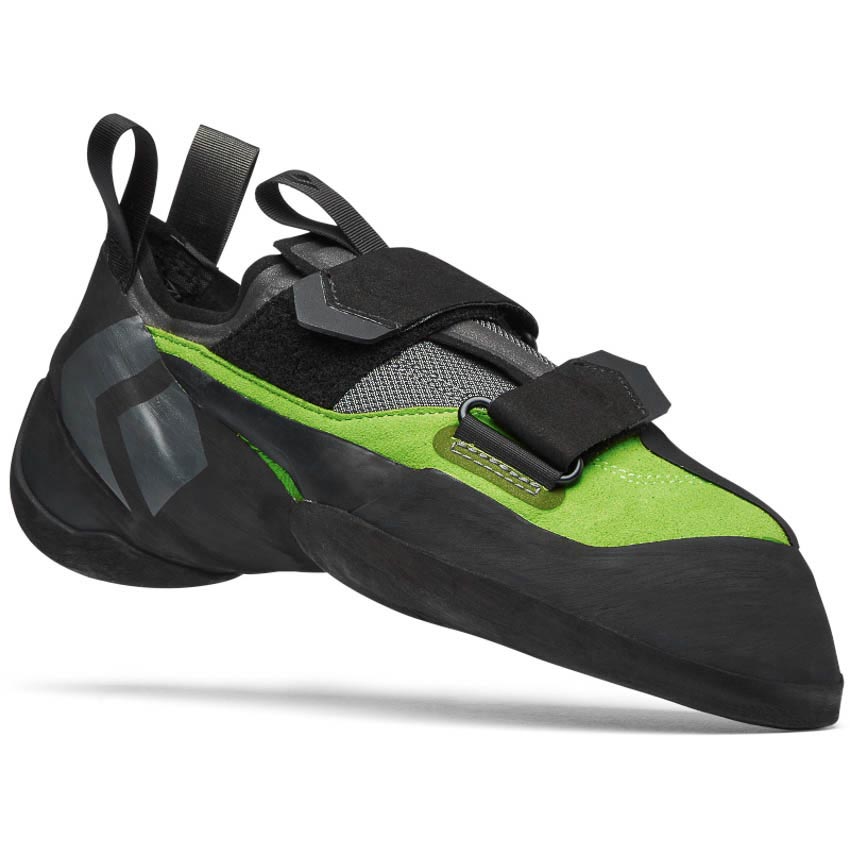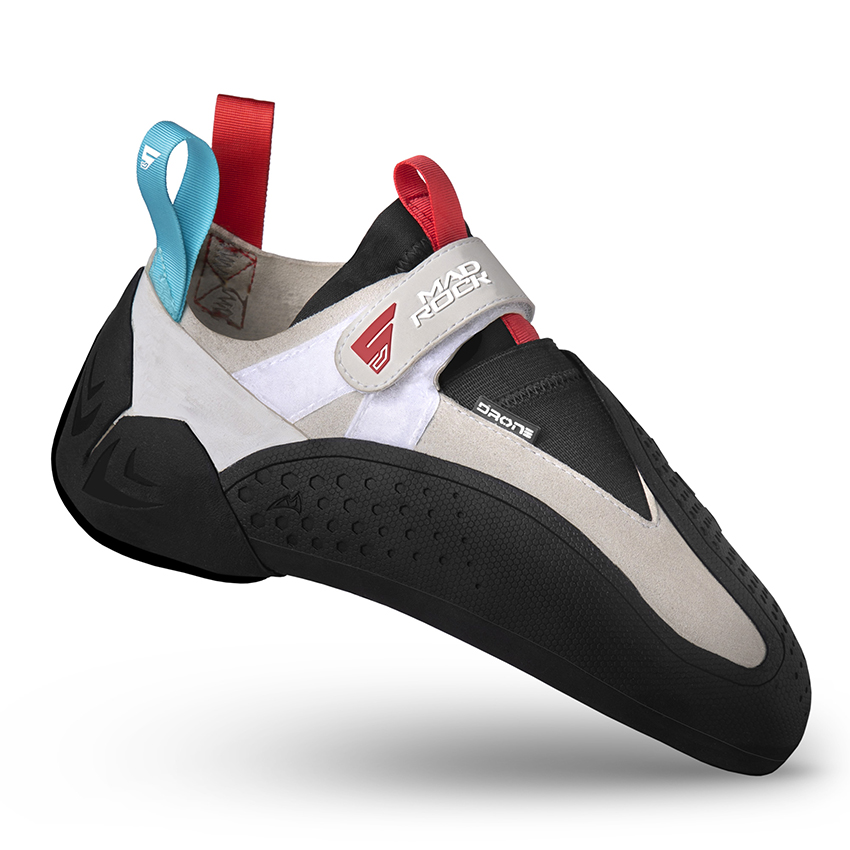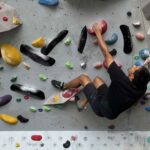Rock climbing is a popular sport that requires specific climbing equipment, including climbing shoes. While some climbers opt to rent equipment at climbing gyms, owning a pair of climbing shoes can offer several advantages.
Not only do they provide cleanliness and the convenience of not having to share shoes with others, but they are also tailored to fit your feet, ensuring comfort and efficiency while climbing.
However, with numerous brands and styles available in the market, it can be overwhelming to know where to start. Here are some basics to consider when choosing climbing shoes.
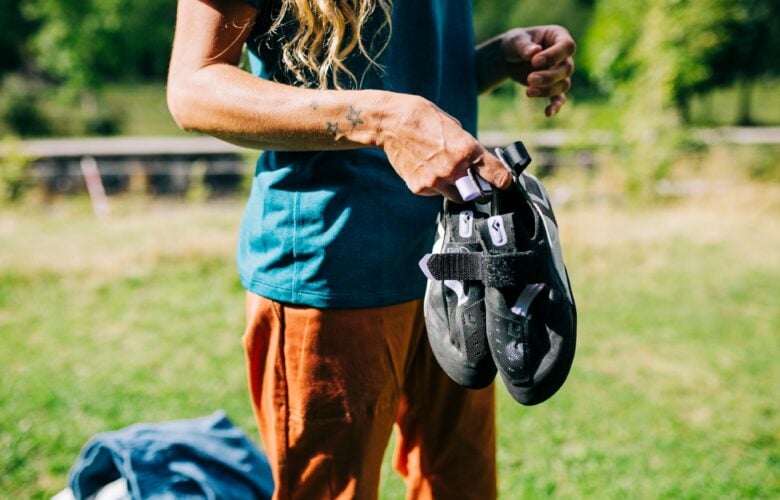
Factors to Consider When Choosing Climbing Shoes
Foot Size and Shape
The fit of the climbing shoes is crucial. They should feel like a second skin on your feet. Consider the shape of your foot, the width of the front, and ensure the shoes are neither too tight nor too loose. The right fit will allow for optimal performance, as climbing shoes rely on the friction between the rubber sole and the climbing surface. A well-fitting shoe will provide stability, accurate weight distribution, and a good feel from the toes. If the shoes are too big, you may notice looseness in the upper or excessive bending and discomfort in the toes. Conversely, if they are too small, they may cause discomfort and pain.
Usage
Climbing shoes are designed for different types of climbing and varied durations of climbs. Consider the nature of the climbing routes you intend to tackle. For intense rock climbing, choose a durable shoe with a thick sole that provides better foot support. The steepness of the cliffs, whether they are slab, vertical, or overhang, will determine the required curvature of the shoe and the stiffness of the sole. Additionally, if you plan to wear the shoes for extended periods, opt for stiffer soles with less arching to reduce muscle strain and pressure exertion.
Experience
If you are new to rock climbing, prioritize comfort when selecting your shoes. Opt for the most comfortable pair that allows you to practice stability and footwork without excessive fatigue. Gradually, as your climbing skills improve, you can transition to more specialized shoes that offer better performance and support.
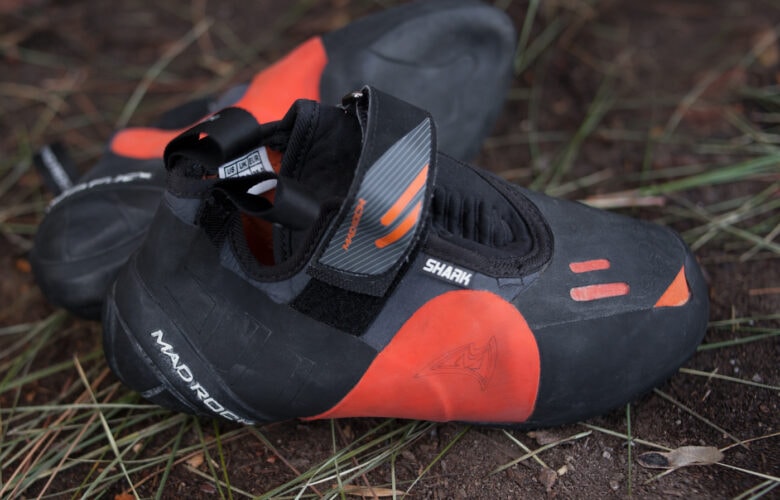
Type of Shoes
Neutral
minimal arched shoes It is a shoe that focuses on comfort all day long. Suitable for beginner climbers or even experienced climbers who have to wear climbing shoes for a long time. such as long multi-pitch climbs. In general, shoes with this level of curvature tend to have thick, stiff soles that support movement well.
-
Rover – White
3,299.00฿
2,309.30฿ Select options This product has multiple variants. The options may be chosen on the product page -
Rover – Black
3,299.00฿
2,309.30฿ Select options This product has multiple variants. The options may be chosen on the product page -
Momentum Climbing Shoes – Women’s – Past Season
3,999.00฿
1,999.50฿ Select options This product has multiple variants. The options may be chosen on the product page -
Momentum Climbing Shoes – Men’s – Past Season
3,999.00฿
1,999.50฿ Select options This product has multiple variants. The options may be chosen on the product page
Moderate
Moderate shoes are known for their slightly downturned shape, making them ideal for technical climbing. These versatile shoes excel in various scenarios, including slab routes, crack climbs, long multi-pitch climbs, and mildly overhung sport routes. With their downturned shape, moderate shoes position your feet in a stronger and more powerful stance, enabling you to tackle challenging routes with confidence.
-
Method S Climbing Shoes – Women’s
5,199.00฿
3,639.30฿ Select options This product has multiple variants. The options may be chosen on the product page -
Method S Climbing Shoes – Men’s
5,199.00฿
3,639.30฿ Select options This product has multiple variants. The options may be chosen on the product page -
Method Climbing Shoes – Men’s – Past Season
5,599.00฿
2,519.55฿ Select options This product has multiple variants. The options may be chosen on the product page
Aggressive
Aggressive shoes feature a highly downturned shape, providing a strong and powerful foot position for challenging overhanging climbs. They have an asymmetric design that focuses power over the big toe, ensuring precise placements on small holds. These shoes are commonly used for single-pitch sport climbs, gym routes, and bouldering due to their snug fit and downturned shape. Most of the climbers choose to wear it on the shorter route as it may be uncomfortable to wear climbing roots all day long.
-
Shadow Climbing Shoes – Past Season
7,599.00฿Original price was: 7,599.00฿.1,400.00฿Current price is: 1,400.00฿. Select options This product has multiple variants. The options may be chosen on the product page -
Drone CS – HV
4,999.00฿
3,499.30฿ Select options This product has multiple variants. The options may be chosen on the product page
Thickness
Thicker sole
Shoes with a hard sole and a thickness between 4-5.5 mm provide excellent foot support and edge pressure distribution. They are durable for long-term use, although they may not offer the same sensitivity as thinner shoes. Novice climbers are advised to choose shoes with thick soles to support their feet, reduce fatigue, and gradually develop various footwork skills.
Thinner sole
Generally, shoes with a sole thickness of about 3-4 mm are suitable for techniques like smearing or using the sole on a slab wall. Thinner soles offer better sensitivity and feel, although they may be less forgiving in terms of comfort.
Tips for Fitting Shoes
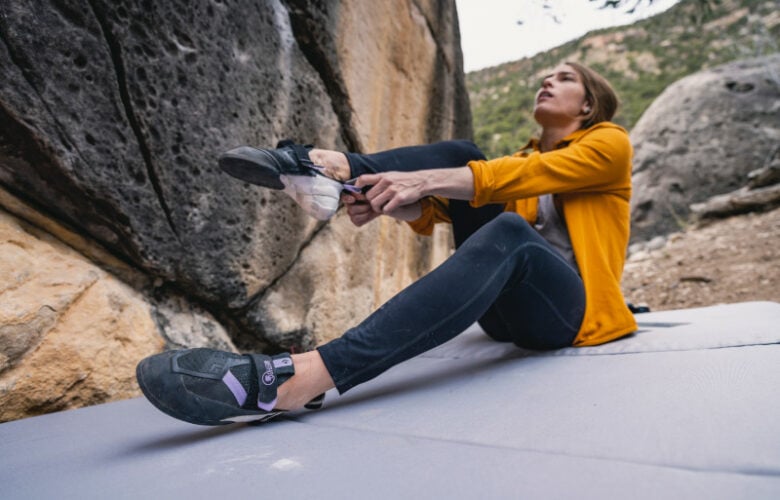
Try on as many options as possible
Different brands and models have varying shapes and sizes. To find the most comfortable and well-fitting shoe, it’s important to try on multiple pairs.
Focus on the toes
The front of the shoe, particularly the tips of your toes, bears the most pressure. Ensure that the shoe fits snugly but doesn’t cause excessive discomfort or pain.
Try on shoes in the afternoon
Like with any other type of footwear, feet tend to be more expanded in the afternoon. Trying on climbing shoes during this time can help you find the optimal fit.
Stay open to flexibility
With no standardized rock-shoe sizing and individual variations in foot shape, it’s essential to be adaptable when determining the right size.
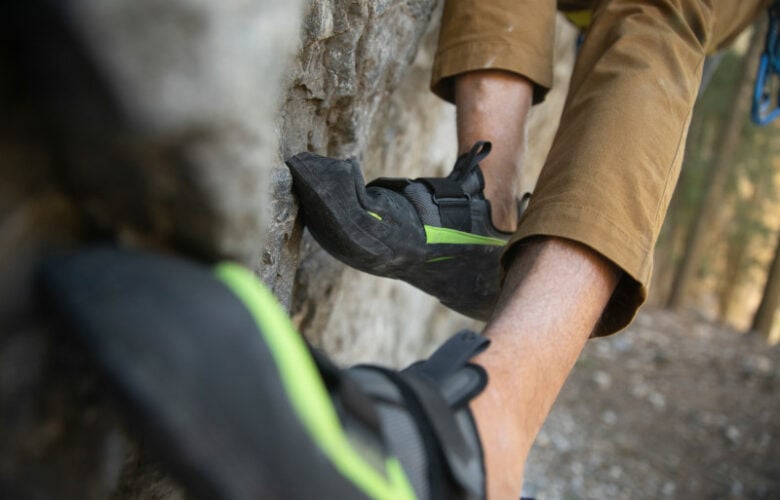
In summary, choosing the perfect climbing shoes involves considering factors such as fit, intended usage, experience level, and rubber sole thickness. By carefully considering these aspects, you can find the ideal pair of shoes to enhance your climbing performance and enjoyment

